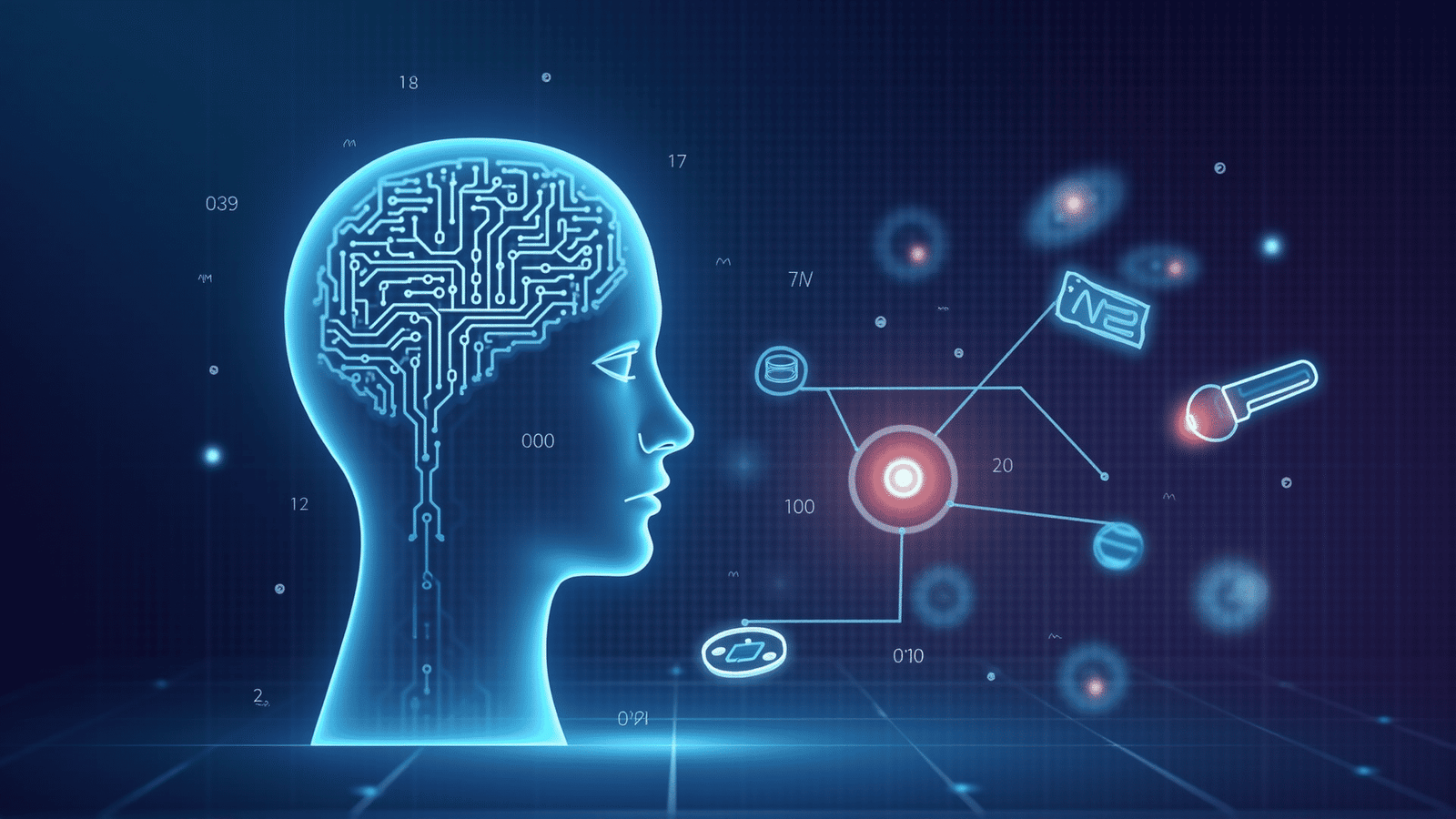Artificial intelligence (AI) has rapidly emerged as a transformative force across various industries, and web design is no exception. The integration of AI into web design is not just a trend; it signals a fundamental shift in how websites are crafted, focusing on enhancing user experiences and creating more personalized interfaces. As businesses strive to stand out in the digital landscape, leveraging AI in web design has become an indispensable strategy.
One of the most significant impacts of AI on web design is the ability to personalize user experiences. By analyzing vast amounts of data, AI can tailor website content and layouts to individual user preferences. This means that visitors receive content that is more relevant to their interests and behavior, leading to increased engagement and satisfaction. For instance, AI can dynamically adjust product recommendations on an e-commerce site or customize news feeds based on user reading habits, all in real-time.
Moreover, AI-driven design tools are revolutionizing the way designers work by automating routine tasks. These tools can suggest design elements, generate code, or even create complete website layouts based on a set of initial parameters. This automation not only speeds up the design process but also allows designers to focus more on creativity and strategic planning rather than getting bogged down with repetitive tasks. Tools like Adobe's Sensei are already making headway by integrating AI to provide smart design suggestions and automate mundane editing tasks.
AI also plays a critical role in improving accessibility, ensuring that websites are usable by the widest possible audience. AI algorithms can automatically generate alt text for images, transcribe videos, and even suggest modifications to improve site accessibility standards. This emphasis on inclusivity not only enhances user experiences but also expands the reach of a website to diverse user groups, including those with disabilities.
Another area where AI shines in web design is in performance optimization. By analyzing user interaction data, AI can identify patterns and bottlenecks in site performance. This information can be utilized to streamline load times, optimize content delivery, and ensure seamless navigation across devices. Fast, responsive websites contribute to a better user experience, often translating to higher search engine rankings and increased conversions.
The infusion of AI into web design lives hand-in-hand with the advent of intelligent chatbots and virtual assistants. These AI-driven elements provide users with instant support and interaction, creating a more engaging and smooth browsing experience. Whether answering frequently asked questions, assisting with navigation, or facilitating customer service inquiries, AI chatbots have become integral to modern web design strategies.
In conclusion, the incorporation of AI into web design is more than an enhancement; it signifies a revolution in creating intelligent, efficient, and user-friendly web experiences. From personalization and automation to accessibility and optimization, AI is paving the way for a future where websites are not just platforms but extensions of individual user journeys. As technology evolves, embracing AI in web design will undoubtedly become a cornerstone of successful digital strategies. Businesses that adapt and innovate with AI stand to gain a competitive advantage in delivering exceptional user experiences.
